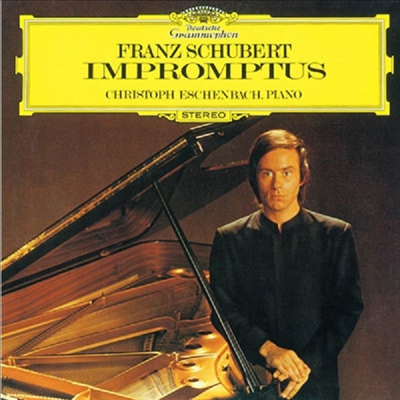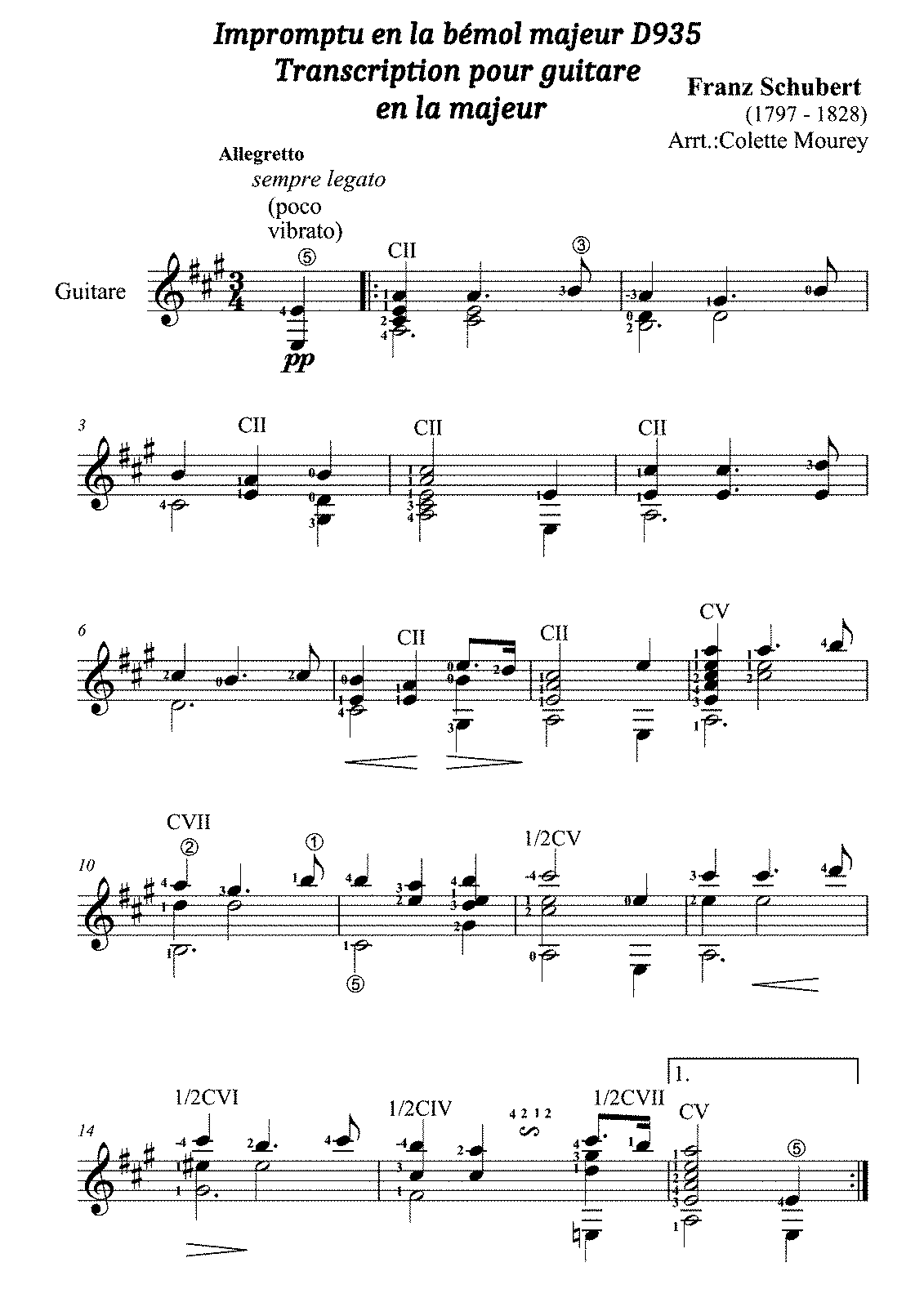


This is the case whether it’s the perfect balance between left and right hands in movements such as the finale of the C minor Sonata, with no danger of the bass becoming overpowering, or the velvety clarity with which the slow movement of the A major opens, enhancing the contrast with its almost operatic central section. The meat of the two discs comes, naturally, in the two larger-scale works, both of which are full of fascinating, reconsidered detail, with textures that make perfect, potent sense when played on the kind of instrument for which they were conceived. They offer a résumé of the special tonal qualities of the Brodmann, with the sharply contrasted colours of its treble, mid range and bass registers, the crisply defined articulation its light action makes possible in faster passages, and especially the expressive possibilities opened up by its four pedals, (soft, bassoon, moderator and sustaining), which expand the soundworld in ways that bring new meanings to many passages in Schubert’s piano writing, justifying pedalling instructions in the scores that can seem inappropriate on a modern instrument. These sonatas are each preceded by a set of smaller pieces, the Four Impromptus D899 and the Three Pieces D946. The latest set now completes Schiff’s survey of the late sonatas with the C minor D958 and A major D959, recorded in the Beethoven-Haus three years ago. There have been discs of late Beethoven – the Diabelli Variations and the Op 126 Bagatelles – and, two years ago, a first pair of Schubert sonatas, in G major and B flat, D894 and D960.


 0 kommentar(er)
0 kommentar(er)
